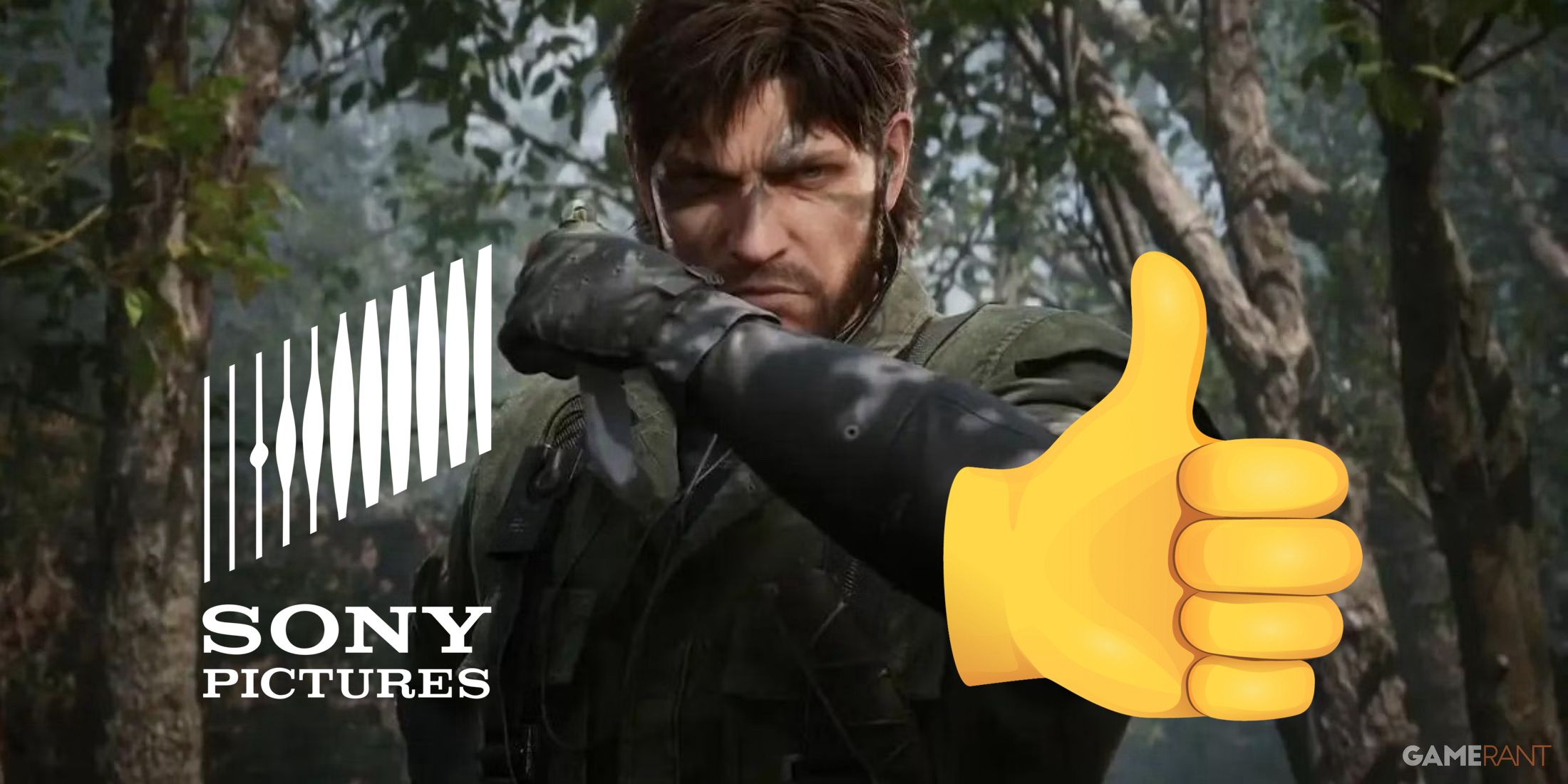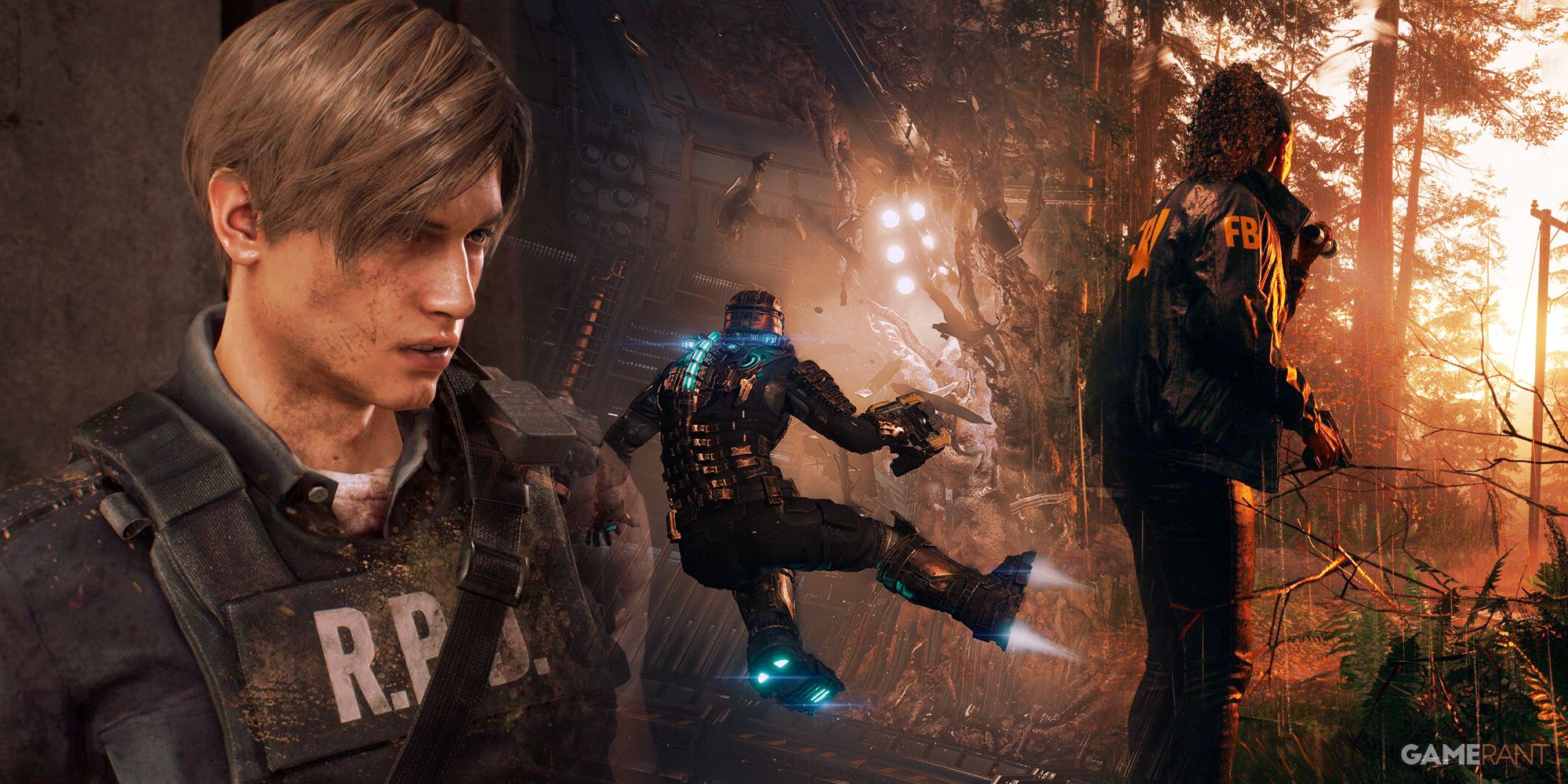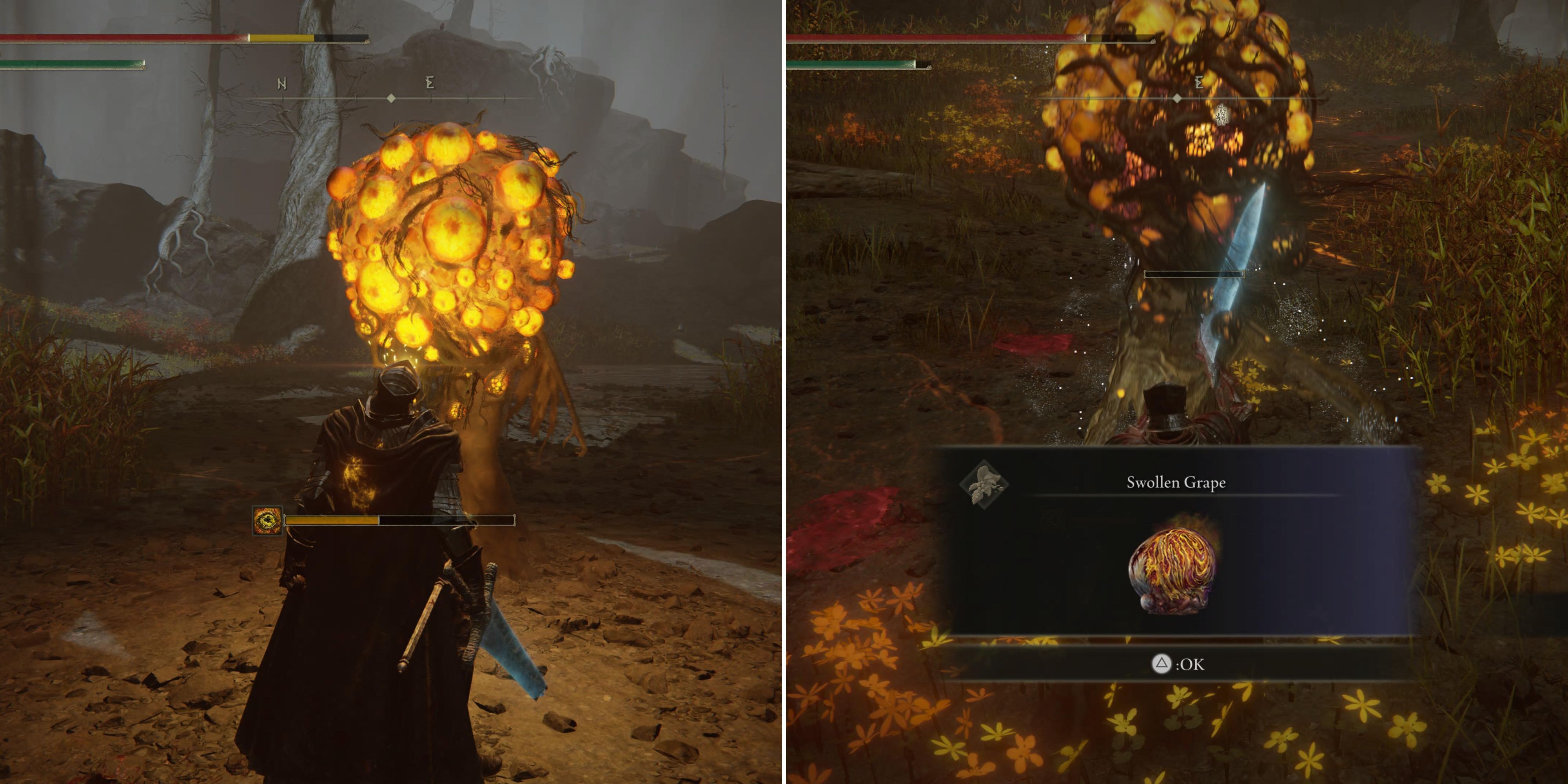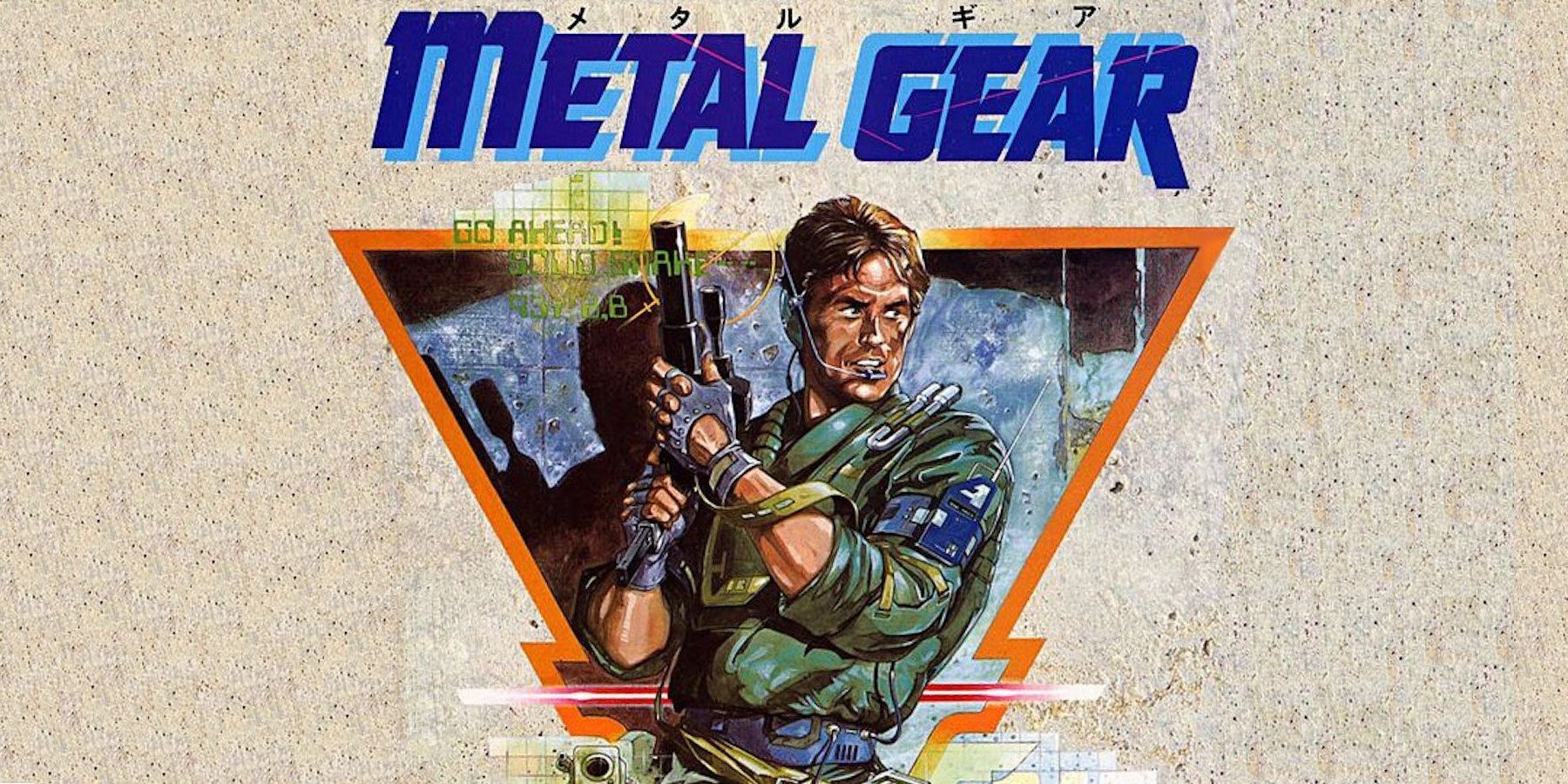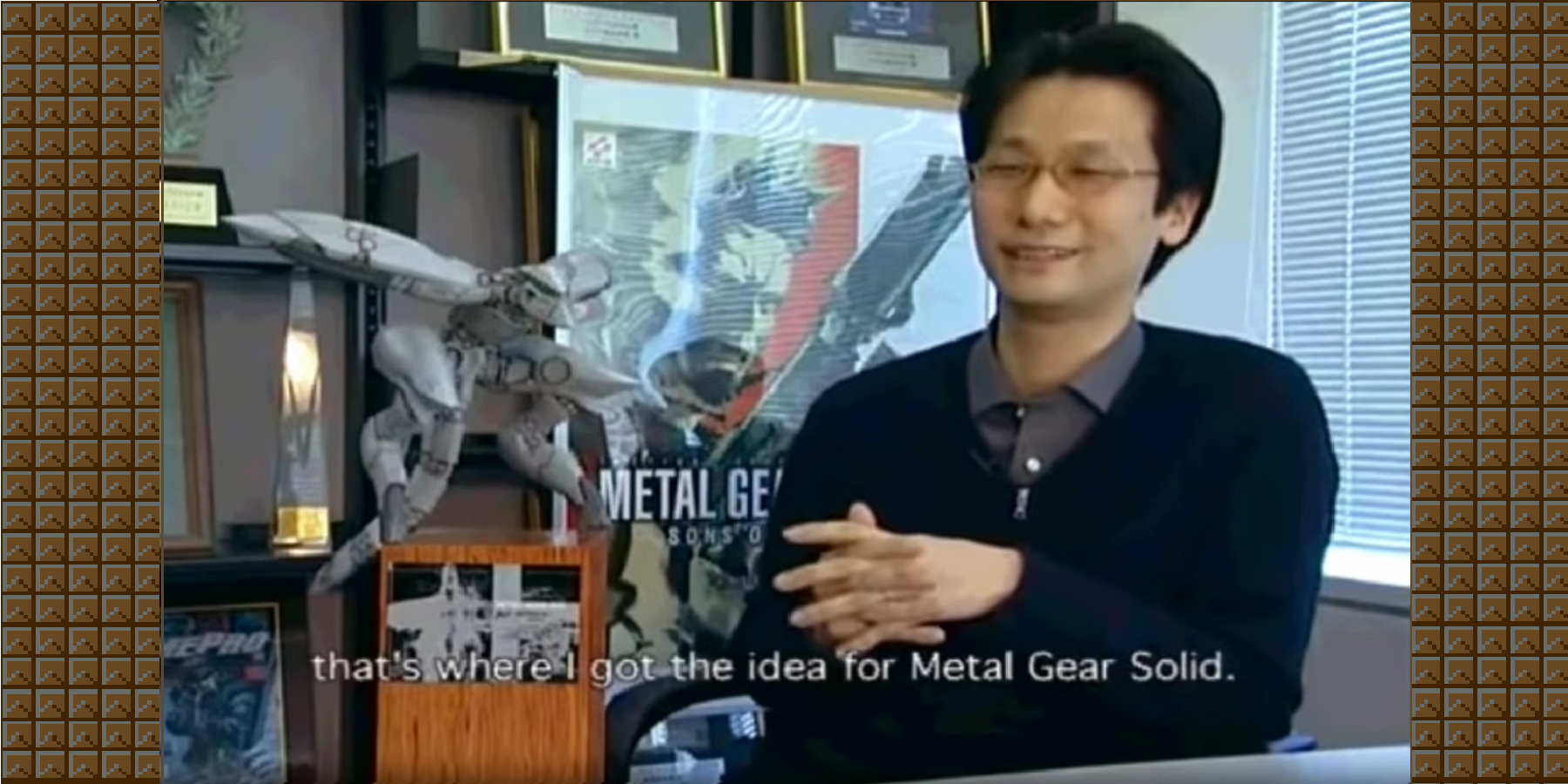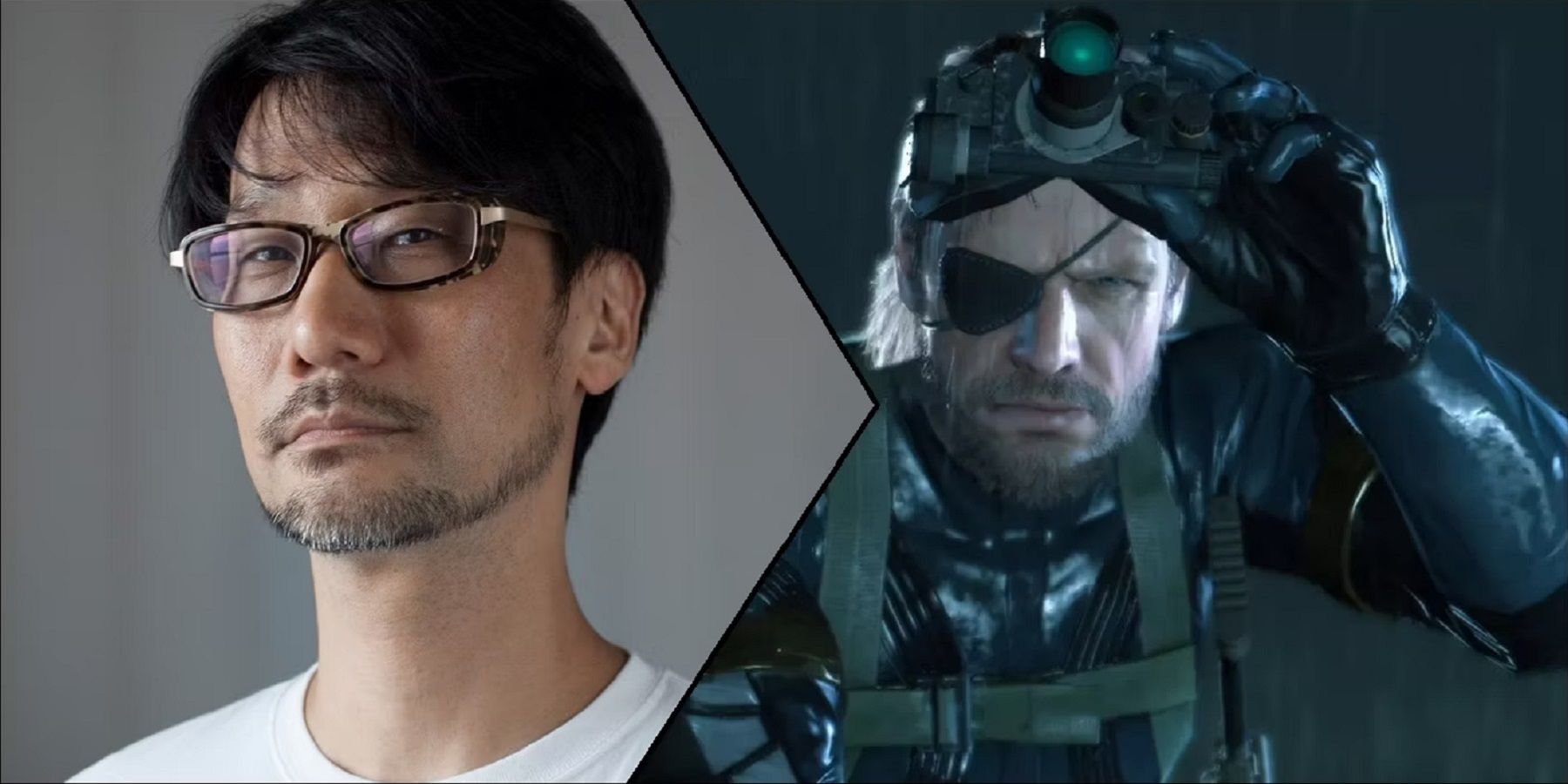Quick Links
The 13th of July 2022 marks the 35th anniversary of Metal Gear, the codifier for how stealth-based video games would be defined for the next few decades. Back in 1987, home consoles were overtaking the appeal of arcade games, and when Metal Gear was released for the MSX2 home computer system, it became a niche source of entertainment.
While classic games like Manbiki Shounen and Castle Wolfenstein pioneered the stealth-based game genre, Metal Gear (and the series that followed) became the progenitor for all modern stealth and stealth action games. However, it is worth looking back at the original title and seeing how a small stealth game gained enough attention to spawn a full series.
The Serendipitous Origins of Metal Gear
Metal Gear's inception is attributed to Hideo Kojima, but the development process wasn't a smooth one. With the rising popularity of classic Konami titles like Contra and other action shooter games, Kojima was given the head role for the new project. The hardware limitations of the MSX2, however, meant that having lots of enemies and bullets on screen would have been a programming nightmare.
Kojima was able to resolve this issue by reversing the concept; instead of confronting the enemies head on, players would instead be required to avoid detection and hide from enemies in order to stay alive. When the idea was pitched to the Konami executives, the following infamous response was given: "Hiding from enemies? That's not a game!" This is because the majority of games being released at the time were still arcade-focused, like the popular space shooters and side-scrolling action titles Gradius and Lunar Jetman.
Story-heavy games hadn't yet become mainstream enough to warrant lore and explanations to players, but for Metal Gear, Kojima insisted on pushing past the limiting design. For the story and setting, inspiration was taken from Western movies like The Great Escape to generate ideas for a prisoner escaping from a heavily guarded camp. The game was developed under the working title of "Intruder" to suit the sneaky setting, but other movie influences such as the James Bond franchise transformed the concept into a top spy infiltrating a military base to discover and destroy a nuclear-equipped walking battle tank. The nuclear mecha's codename "Metal Gear" eventually became the iconic series title, with a double meaning that hinted at its use in the global economy's "War Machine".
How Well Metal Gear Has Aged After 35 Years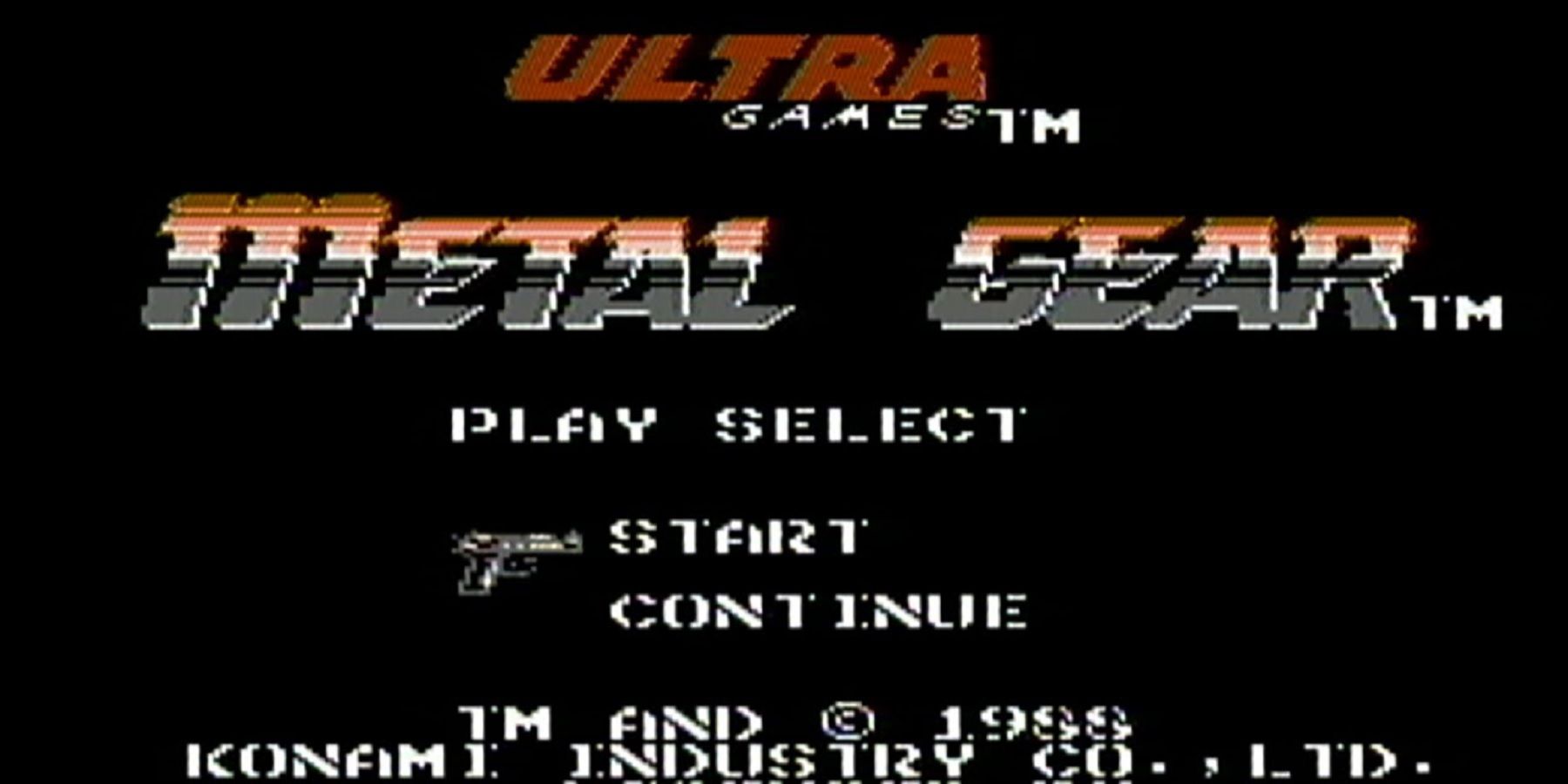
Despite the impressive legacy and popular status of Metal Gear, it may be hard to see just what exactly made it such a trailblazer when playing it 35 years on. The limited storage and processing power of the MSX2 means the maximum number of enemies that can be on-screen is three, and enemy sight consists of straight line vision rather than the more realistic and familiar cone shape of future releases.
Other Metal Gear staples are present such as infrequent boss battles, but to a weaker standard. Even non-fans of the series are aware of the difficult fights with memorable villains like Psycho Mantis who reads your controller input and memory card. The original MSX2 game boasts 'The Shotmaker' and 'Machinegun Kid' as powerful enemies (no prizes for guessing what type of weapons they carry), and both can be defeated in less than 5 seconds.
However, Metal Gear makes up for the action-oriented shortcomings by establishing a unique and slightly quirky style, with plenty of memorable moments that helped it stand out from competing games upon release. Artifacts like the exclamation marks popping up over guard's heads when spotted could be seen as the unofficial logo of Metal Gear, but for the 1987 game it was done out of necessity.
Character sprites were so tiny that it would be impossible to interpret facial expressions or gestures if on alert, so a helpful indicator was provided for the player. Even when Metal Gear's visual technology was capable of photorealism, the overhead ! symbol was still so iconic that it inevitably appeared in every future game. The video game movie Wreck-it-Ralph also included it as a brief easter egg, denoting its recognizable status for the franchise.
Some of the shortcomings can be overlooked due to the unavoidable limitations of early home consoles, but Metal Gear's use of 'alternate history' concepts and subversions are what make it a memorable experience for many. Moments such as Big Boss telling Snake to turn off the game console were refreshingly meta for its time, and no less impactful when playing through it for the first time.
The True Legacy of Metal Gear and Kojima
After Metal Gear's initial release in 1987, the concept of stealth being a major gameplay asset was an appealing one for players. Following Metal Gear's unexpected success in the Western market, an unofficial sequel called Snake's Revenge was created by Konami without Kojima's help. This started the memetic trend of Kojima reluctantly working on official sequels to the Metal Gear series, attempting to make each game more wacky and impactful than the last.
Even though Konami and Kojima have since parted ways, the latter's effort has left a lasting impact on the genre of stealth games. With Death Stranding 2 and Project Overdose in the works, Kojima has come a long way since the first Metal Gear, but preserved a lot of the unique charm that earned the series a lot of attention and approval from fans. To this day, stealth has become a big part of modern games that aren't even stealth-based. Puzzling out a way past surveillance to rescue hostages met with tense chases from enemies while on alert makes for a special experience, and it's this fondness that brought players back for more.
35 years on, the original Metal Gear is still fondly remembered as the start of something great, sneaking its way into the hearts and minds of stealth fans around the world. With the ever-growing rumors of Metal Gear remakes surfacing, there's still a chance for fans to re-live these humble beginnings on currently existing technology.
Metal Gear is available to play on PC, PS2, PS3, PS4, Playstation Vita, Wii Virtual Console and Xbox 360.

